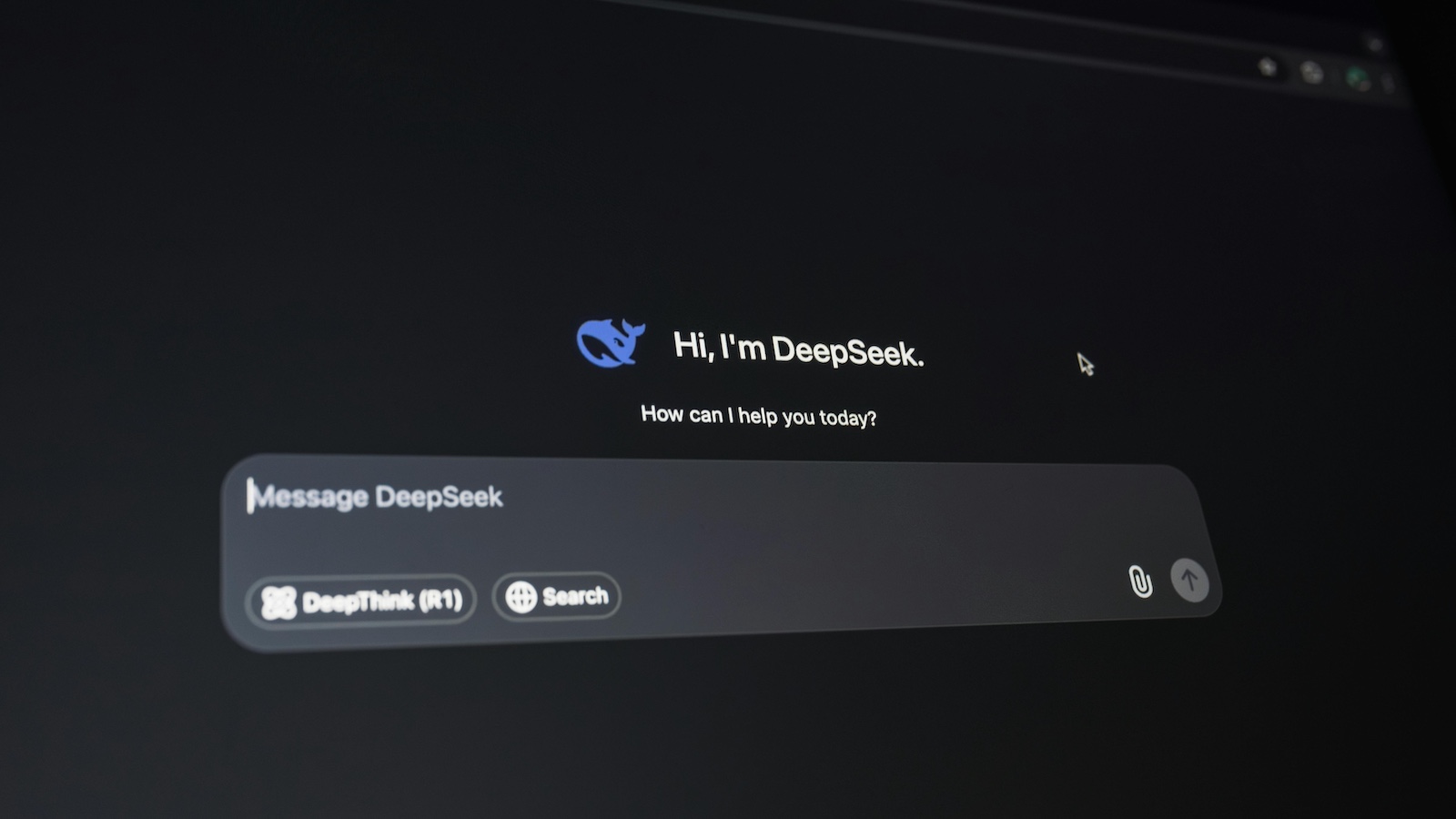Baseball season has arrived.
"Moneyball," by Michael Lewis, it’s hard to believe, was published almost 20 years ago in 2004. For the unfamiliar, "Moneyball" tells the story of how Billy Beane, general manager of the Oakland A’s, used advanced analytics to identify high-value, low-budget players and win with payroll a fraction of major-market teams like the Yankees and Dodgers.
Moneyball-type analytics, based on static player and team outputs, have since become table stakes.
Last year’s World Series champion, the Houston Astros, won despite letting a billion dollars in free agents walk. Their opening day payroll of $180 million ranked eighth in the league. The Astros also won the World Series in 2017 with a payroll of $124 million, ranked 17th. Over the last six seasons, among legitimately contending teams, the Astros rank a clear first in payroll-cost-per-win.
The Houston Astros were the first team in the league to go beyond Moneyball, investing in observational process intelligence, measuring player and team inputs, not just outputs. Installing computer vision devices and Doppler radar for bullpen and batting practice sessions as well as live games (this year a league-wide standard), the Astros created a class of kinetic data on players in motion to help them improve. An example of observational process intelligence from a different sport is Trackman in golf.
Observational process intelligence has arrived in our favorite sport--insurance—helping leaders evaluate core marketing, distribution, underwriting, claims and customer service operations in motion. Our company, Skan.AI, combines computer vision with AI to observe humans and the tools they use as they’re using them, in real time, generating kinetic data for continuous improvement.
See also: Automation 2.0: What's After RPA
Live analytics include:
- Process maps and process variability: Dynamic process mapping with variation in how work really gets done
- Workforce utilization: quantified utilization at the operator, business unit and geography level
- Workforce productivity: quantified productivity metrics at the case and operator level
- Technology utilization: quantified application usage across operators and time, with available replays of actions as they occurred
- Activity-based costing: quantified unit costs at the case level filterable by any vector--customer, geography, product, etc.
- Automation discovery: identification and ranking of automation opportunities quantified with estimated cost savings per opportunity
Everything rolls up to an ops dashboard with hourly or daily reporting to address issues and opportunities as they arise, in or near real time.
Observational process intelligence helps insurers find new ways to win, selling more policies, drawing new customers and minimizing cost-per-victory.








